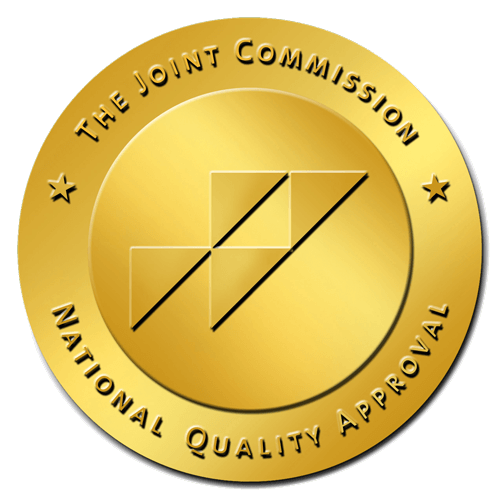What Is Contamination OCD?
Contamination OCD is a type of OCD in which individuals experience intense and persistent fears related to becoming contaminated or contaminating others. These fears may be driven by the possibility of contracting an illness or exposing others to harmful substances, such as germs or chemicals. For some, the fear is rooted in a deep concern about personal health, while for others, the anxiety may be centered around the possibility of causing harm to loved ones.
Common obsessions in contamination OCD can include fears of:
- Germs and bacteria: Worrying about coming into contact with harmful germs or bacteria, particularly in public spaces or on surfaces that may appear dirty.
- Chemicals or toxic substances: Concerns about exposure to chemicals that could cause harm, either through skin contact, inhalation, or ingestion.
- Bodily fluids or waste: Fear of contact with bodily fluids such as blood, urine, or saliva, and the potential for contamination that might occur as a result.
- Dirt and filth: Obsessions related to the idea of being exposed to dirt or unclean environments, which may trigger extreme feelings of discomfort.
The key characteristic of contamination OCD is that the fear of contamination is often disproportionate to the actual risk involved. For example, a person may feel the need to wash their hands excessively after touching an item in a public place—even though there is minimal risk of infection. Similarly, an individual may avoid certain places or situations out of fear of contamination, which can significantly interfere with daily life.
Types of Triggers in Contamination OCD
Contamination OCD triggers can vary from person to person, and they commonly fall into two main categories: fear-based triggers and disgust-based triggers.
- Fear-based triggers: These triggers are rooted in the belief that something harmful may happen if certain actions aren’t taken. For example, an individual might obsess over the possibility of contracting a disease after touching a doorknob or a public restroom. The fear of becoming ill or suffering negative consequences drives the compulsive behaviors, such as excessive handwashing, sanitizing, or avoiding certain objects or places.
- Disgust-based triggers: In some cases, the trigger is more about the emotional and psychological discomfort that arises when an individual imagines being exposed to something they perceive as dirty or revolting. For example, the thought of touching a public restroom seat may evoke intense feelings of disgust and lead to compulsions like excessive cleaning or avoidance.
Both types of triggers lead to overwhelming anxiety, which individuals attempt to alleviate through compulsions—repetitive behaviors or mental acts aimed at reducing or neutralizing the perceived threat. These compulsions may include:
- Excessive cleaning or washing: Constantly cleaning surfaces or washing hands to avoid contamination.
- Avoidance of contaminated areas: Avoiding certain places, people, or objects that are perceived as dirty or contaminated.
- Checking or reassurance-seeking: Repeatedly checking whether a surface has been sanitized or seeking reassurance from others that something is safe.
Unfortunately, these compulsions only provide temporary relief. Over time, they strengthen the belief that contamination is a constant threat and reinforce the cycle of OCD.
The Cycle of Contamination OCD
The hallmark of OCD is the cycle of obsessions, distress/anxiety, compulsions, and temporary relief. In the case of contamination OCD, this cycle typically unfolds as follows:
- Obsessions: The individual experiences an intrusive thought or image related to contamination (e.g., fear of contracting an illness or touching something dirty).
- Distress/Anxiety: This obsession triggers a surge of anxiety, as the individual becomes overwhelmed by the potential threat.
- Compulsions: To alleviate the anxiety, the person engages in compulsive behaviors, such as washing hands or cleaning an object, in the hopes of neutralizing the contamination threat.
- Temporary Relief: The compulsive behavior may reduce anxiety in the short term, but it does not address the root cause of the obsession.
- Reinforcement of the Fear: The temporary relief reinforces the idea that the compulsions are necessary to avoid harm. Over time, the cycle becomes stronger and more difficult to break.
This cycle can significantly impair an individual’s ability to function in daily life. It may interfere with work, school, social activities, and personal relationships, causing distress and frustration. Fortunately, there is an effective treatment available to break this cycle.
How Exposure and Response Prevention (ERP) Helps
Exposure and Response Prevention (ERP) is a type of Cognitive Behavioral Therapy (CBT) that is considered the gold standard for treating OCD, including contamination OCD. ERP helps individuals gradually confront their obsessions and resist the compulsive behaviors that maintain the cycle of OCD.
In ERP, individuals are exposed to feared situations or triggers—such as touching a “dirty” surface or entering a public restroom—while being encouraged to resist performing the associated compulsion, such as washing their hands or avoiding the situation. The goal is to help individuals experience the anxiety that arises from their obsessions without engaging in compulsive behaviors, thus demonstrating that the feared outcomes rarely occur and the individual can tolerate the levels of distress/anxiety.
Over time, ERP helps individuals learn that they can tolerate distress/anxiety and uncertainty without resorting to compulsions. As they confront their fears in a controlled and supportive environment, they begin to trust that they can handle the discomfort and regain control over their actions.


